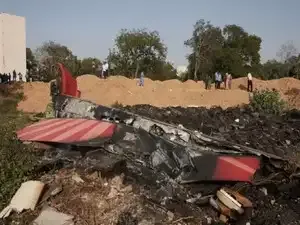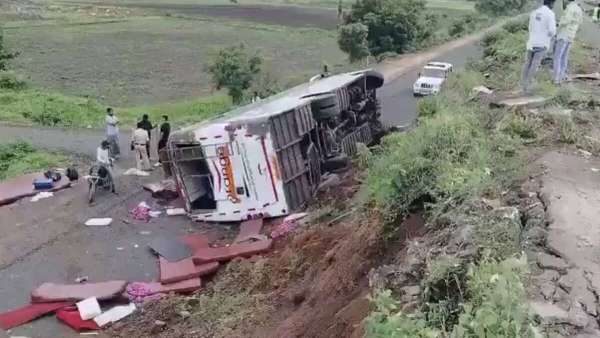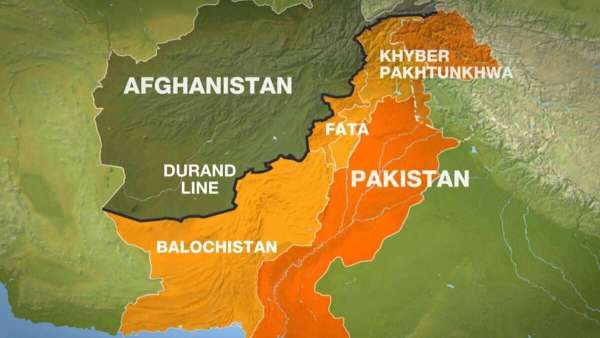The final death toll in the Air India Flight 171 crash stands at 260, officials in Gujarat said two weeks after the Boeing 787 Dreamliner crashed immediately after taking-off from the city's airport.
The death toll of 260 includes 241 passengers and crew aboard the plane and 19 people on the ground. The figure is lower than the earlier estimate of 270 deaths.
Authorities had collected 318 bodies and body parts from the crash site which were sent for DNA testing. The state government has praised the quick identification through DNA testing, adding that it would have taken five to ten days to establish the identities of the individuals a couple of days ago.
Director of Forensic Science, HP Sanghvi, said in a statement released by the state government, "This incident was not just another case for FSL, but a matter of hope and emotion for countless families. That’s why all FSL teams from Gandhinagar, Ahmedabad, Vadodara, Surat, and Rajkot were immediately mobilized to Gandhinagar to expedite the DNA profiling process and ensure the swift handover of the victims' bodies to their families."
Later on Saturday, state health minister Rushikesh Patel said, "A total of 260 deceased have been identified in the plane crash so far, including 254 through DNA tests and 6 through facial recognition, all of which have been handed over to their families."
Among the 260 people, 181 are Indian citizens, seven have been identified as Portuguese, 52 are British nationals, one Canadian and 19 non-passengers.
The Air India flight to London crashed soon after taking off on 12 June from Sardar Vallabhbhai Patel International Airport, destroying portions of a medical college building and bursting into flames.
Among the victims were junior doctors, staff at the hospital complex and people on the street below. One passenger, walked out of the crash after he was thrown further away from the burning wreckage.
The impact of the crash and the inferno that followed meant remains of most victims, except for most of the 19 casualties on the ground, were unrecognisable, requiring officials to seek DNA samples from family members to help make the identification.
Among the 260 deaths, 254 victims were identified through DNA testing and the remaining through facial recognition. The DNA identification process, which typically takes months, was completed in approximately two weeks, experts said.
The death toll of 260 includes 241 passengers and crew aboard the plane and 19 people on the ground. The figure is lower than the earlier estimate of 270 deaths.
Authorities had collected 318 bodies and body parts from the crash site which were sent for DNA testing. The state government has praised the quick identification through DNA testing, adding that it would have taken five to ten days to establish the identities of the individuals a couple of days ago.
Director of Forensic Science, HP Sanghvi, said in a statement released by the state government, "This incident was not just another case for FSL, but a matter of hope and emotion for countless families. That’s why all FSL teams from Gandhinagar, Ahmedabad, Vadodara, Surat, and Rajkot were immediately mobilized to Gandhinagar to expedite the DNA profiling process and ensure the swift handover of the victims' bodies to their families."
Later on Saturday, state health minister Rushikesh Patel said, "A total of 260 deceased have been identified in the plane crash so far, including 254 through DNA tests and 6 through facial recognition, all of which have been handed over to their families."
Among the 260 people, 181 are Indian citizens, seven have been identified as Portuguese, 52 are British nationals, one Canadian and 19 non-passengers.
The Air India flight to London crashed soon after taking off on 12 June from Sardar Vallabhbhai Patel International Airport, destroying portions of a medical college building and bursting into flames.
Among the victims were junior doctors, staff at the hospital complex and people on the street below. One passenger, walked out of the crash after he was thrown further away from the burning wreckage.
The impact of the crash and the inferno that followed meant remains of most victims, except for most of the 19 casualties on the ground, were unrecognisable, requiring officials to seek DNA samples from family members to help make the identification.
Among the 260 deaths, 254 victims were identified through DNA testing and the remaining through facial recognition. The DNA identification process, which typically takes months, was completed in approximately two weeks, experts said.








